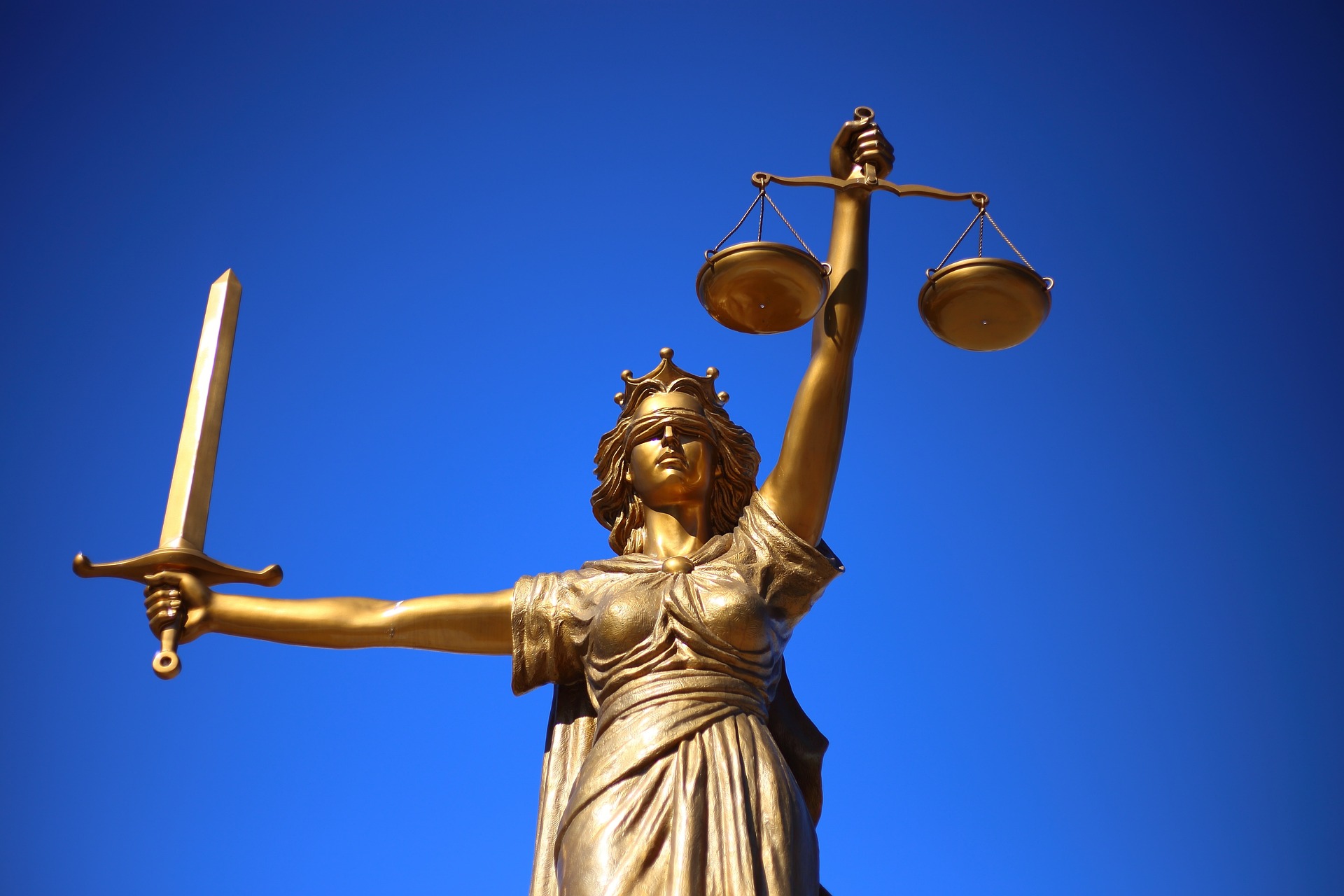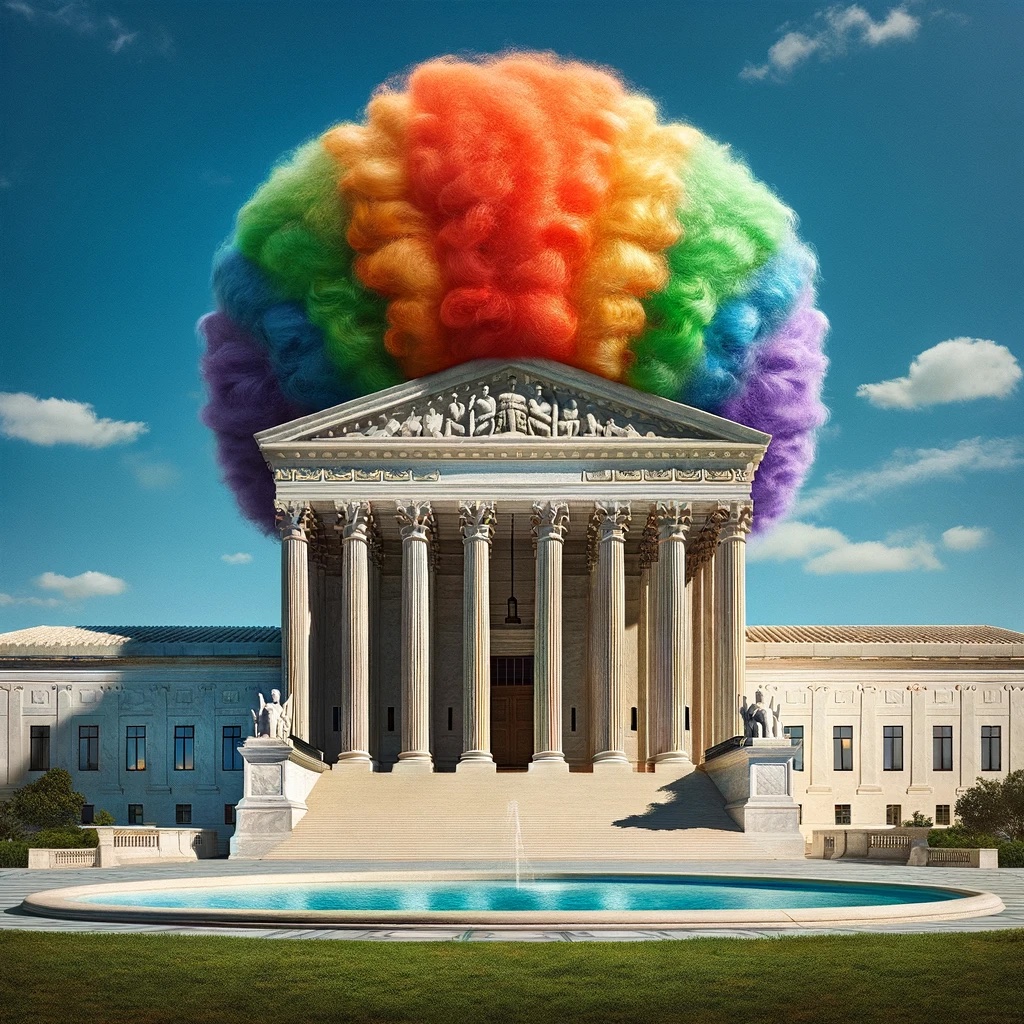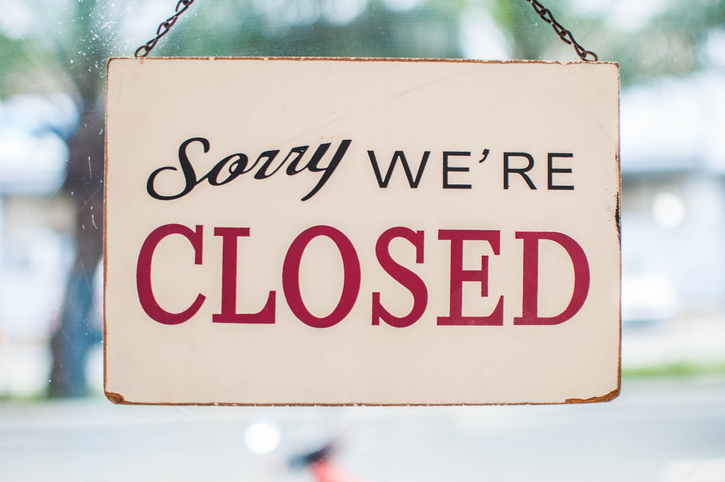Blessing Ajunwo – Choko and Atake Anthonia1
INTRODUCTION:
Content creation and meme sharing have established a strong hold
on social media platforms, completely changing the way people
communicate and engage online. This prevalent trend is visible on a
variety of platforms, such as but not limited to Instagram, TikTok,
Facebook, Twitter, and Snapchat, where individuals create,
distribute, and engage with various content. The ease of use of
social media platforms and the availability of modern technology
are two major contributing factors to the growth of content
creation.
With the widespread availability of smartphones featuring
high-resolution cameras and sophisticated editing tools,
distinguishing between amateur and professional content production
has become increasingly challenging.Top of Form This technological
democratization has empowered individuals to share their
perspectives, talents, and life experiences with a global audience,
fostering a sense of unity and camaraderie that transcends
geographical barriers.2 Furthermore, the allure of
self-expression motivates many to utilize social media platforms as
creative outlets. Memes, in particular, have emerged as integral
components of contemporary digital culture, reshaping how we engage
online.3 Ranging from clever graphics to
humorous gifs and catchy catchphrases, memes facilitate new forms
of digital interaction, allowing for the exchange of ideas and
collaborative content creation in unprecedented ways.4
In this article, we examine the complexities of intellectual
property rights, as regards social media content creation and
sharing content on social media platforms. Our exploration has
traversed various key points, each shedding light on critical
aspects of copyright protection, fair use, ethical considerations,
and practical strategies for compliance.
UNDERSTANDING INTELLECTUAL PROPERTY
(“IP”)
IP constitutes a vital cornerstone in modern business and legal
frameworks, safeguarding the creative and innovative outputs of
companies and individuals alike. This expansive domain encompasses
a diverse array of intangible assets, meticulously cultivated and
legally fortified to shield against unauthorized exploitation or
appropriation by external entities. Within this intricate tapestry
of intangible assets lie a myriad of creations, innovations and
proprietary knowledge.
The idea behind intellectual property arises from acknowledging
that certain products of human creativity necessitate legal
safeguarding comparable to tangible assets like real property.
Various intangible assets fall under the umbrella of intellectual
property, with some of the most common ones outlined below;
- Copyrights: Copyrights
enshrine artistic works and literary compositions, granting authors
and creators the exclusive privilege to reproduce, distribute, and
publicly display their creations.
- Trademarks: Trademarks
serve as distinctive markers, emblematic of a brand’s identity
and reputation. Patents encapsulate groundbreaking inventions,
offering exclusive rights to their creators for a specified
duration. A trademark and a business’s brand are frequently
linked.5
Due to the ease of sharing, downloading, and dissemination of
social media content, intellectual property rights hold particular
importance in this context. According to Nigerian copyright law,
creators of original content—whether memes, pictures, videos,
or literary works—retain significant rights to their
creations. These rights extend to various aspects of creative
works, encompassing the ability to reproduce, distribute, and
publicly perform the work. Additionally, creators wield the
authority to grant permission to others for these actions,
effectively determining how their creations are shared, utilized,
and disseminated within the public sphere.
In Nigeria, the legal framework for protecting IP rights
consists primarily of the Copyright Act, 2022, Trademarks Acts,6 and
the Patents and Designs Act.7
These laws not only safeguard the rights and creative works of
authors but also provide mechanisms for enforcing these rights
effectively. Among the tools available for enforcement are
provisions for holding infringers accountable, such as seeking an
account of profits, pursuing damages for losses incurred due to
infringement, and obtaining injunctions to halt unauthorized use or
distribution of protected works. Through these legal avenues,
authors are empowered to defend their intellectual property and
ensure that their rights are upheld in the face of
infringement.
INTELLECTUAL PROPERTY RIGHTS AND THE POTENTIAL
CONSEQUENCES OF INFRINGEMENT
Protecting intellectual property rights (“IPR”) is of
great significance for several reasons which include the promotion
of innovation and creativity, economic development, cultural
preservation and enhancing trade relations.8 In Nigeria, the
repercussions of intellectual property rights (IPR) infringement
encompass several significant outcomes, including financial losses,
reputational harm, diminished competitiveness, and potential legal
ramifications. To tackle these challenges, Nigeria has undertaken
initiatives to bolster its legal and institutional infrastructure
for safeguarding intellectual property. This includes the
implementation of key legislations like the Copyright Act, Patents
and Designs Act, and Trademarks Act. Moreover, Nigeria has
committed to international agreements such as the Berne Convention,
TRIPS Agreement, and WIPO Copyright Treaty. These international
agreements establish norms and guidelines for the protection and
enforcement of intellectual property rights, further enhancing
Nigeria’s efforts in this domain9.
AN OVERVIEW OF COPYRIGHT LAW AND HOW IT APPLIES TO
SOCIAL MEDIA CONTENT
The Copyright Act, 2022 (the “Act”) was signed into
law on March 17, 2023. The Act offers a thorough description of
copyright that covers a wide range of creative works, including
broadcast, literary, musical, artistic, and video. Additionally, it
strengthens authors’ rights and toughens penalties for
copyright infringements, addressing issues relating to digital and
online use of copyrighted works.10 The Act stipulates in Section
2(1) that certain types of works are eligible for copyright
protection, such as literary, musical, artistic, audiovisual works,
broadcasts and sound recordings.11
Copyright infringement occurs when an individual or entity,
other than the rightful owner, undertakes an action exclusive to
the owner without obtaining the owner’s permission,
authorization, or the transfer of rights through assignment or
legal means. The Federal High Court, situated within the
jurisdiction where the infringement allegedly took place, holds
authority over such matters. Depending on the particulars of each
case, remedies can be sought through civil or criminal channels.12
The scope of copyright laws extends to original works shared or
posted on social media platforms. Creators of original content
retain ownership rights over their creations, and anyone seeking to
utilize or reproduce these works must first obtain consent.13
FAIR USE IN CONTENT CREATION AND MEME SHARING ON SOCIAL
MEDIA
Fair use can be considered as an anti-copyright defense that
allows the use of a work without the owner’s consent. Fair
dealing purposes are defined by Section 20 (1) (a) of the Copyright
Act, 2022 as private use, parody, satire, pastiche, or caricature;
private study and non-commercial research; criticism, review, or
reporting of current events, with recognition of the work and its
creator.14 The use of copyrighted content
is permitted as long as the rights of the copyright owners are
respected and the original work’s marketability is not harmed.
The goal and nature of the use, the type of copyrighted work, the
amount and quality of the portion used, and the effect of the use
on the original work’s feasible market share are some of the
factors that determine whether a given use is entitled to fair
use,15
Proper authorization to upload a copyrighted work on a social
media platform is necessary as only creative works that are in the
public domain, and meet the requirements for fair use, those for
which the user has permission to post, or their original works can
be posted.16 Emphasizing the necessity of
obtaining consent or a license prior to utilizing copyrighted
content in social media postings is crucial. This practice ensures
adherence to legal requirements, preserves trust and goodwill,
fosters the growth of creative enterprises, and demonstrates
respect for the rights of copyright holders.17
THE VALUE OF CREATING ORIGINAL CONTENT AND AVOIDING
INFRINGEMENT
Beyond its legal mandate, championing originality and refraining
from infringement stands as a foundational principle essential for
nurturing the growth and resilience of the creative industry. This
ethos not only fosters innovative thought but also fuels economic
progress. The advantages of creating authentic content and
safeguarding intellectual property rights extend to enhancing
creativity and uniqueness, fostering diverse cultural expressions
and individuality, stimulating business expansion, and elevating
one’s global standing and competitive edge.18
Content creators have access to a diverse array of valuable
strategies and techniques for fostering unique concepts, avoiding
copyright infringements, and crafting engaging and imaginative
content. By incorporating these tactics into their content creation
workflow, creators not only enhance the quality and originality of
their work but also reduce the risk of legal disputes and maintain
compliance with intellectual property regulations.
These strategies and techniques include but are not limited to
the following:
,
- Extensive Research and Investigation: To stay up to date
on the newest trends, advancements, and interests in their niche or
business, content authors should devote time to undertaking
extensive research.
- Innovative Thinking Sessions: These meetings, which can
include participants from all walks of life, can help to create a
cooperative welcoming atmosphere that is favorable to
innovation.
- Incorporate Unique Style and Viewpoints: Creators may
build a distinctive bond with the viewers and position themselves
as genuine and likeable advocates in their field by offering
personal stories, observations, and ideas.19
- By creating original visual material, content creators can give
their audience a more seamless and engaging encounter while
preventing copyright problems related to using photos or videos
from other people.
- To ensure adherence and reduce the likelihood of copyright
infringement, creators of content should educate themselves on fair
use concepts and the laws governing copyright. When using someone
else’s intellectual work, creators should be aware of their
rights and the restrictions imposed by copyright legislation.
SHARING MEMES RESPONSIBLY
In today’s dynamic digital realm, where the sharing of memes
and popular content on social media platforms is ubiquitous, it is
imperative for both content creators and consumers to maintain a
keen awareness of copyright implications. This awareness is crucial
to preempt any potential legal entanglements that may arise from
the unauthorized use or distribution of copyrighted material. As
Nigeria’s digital landscape continues to evolve rapidly,
shaping the way information is disseminated and consumed,
understanding these copyright ramifications becomes increasingly
paramount.
In this evolving digital world, nurturing a society that values
intellectual property rights while championing creativity and
self-expression is essential. By recognizing and respecting the
legal frameworks governing intellectual property, individuals
contribute to the cultivation of an environment where innovation
thrives and creators are duly acknowledged and protected.
Moreover, when sharing memes and social media content, it is
incumbent upon users to acknowledge and attribute the original
creators. This practice not only upholds ethical standards but also
serves to honor the hard work and creativity of those who produced
the content. By acknowledging the creators, users demonstrate
respect for their intellectual property rights and contribute to
fostering a culture of mutual appreciation and collaboration within
the community of creators. This culture of recognition and
inclusivity is pivotal in nurturing a vibrant and supportive
creative ecosystem where ideas can flourish and individuals feel
valued for their contributions.20
In Nigeria, sharing protected content without authorization
results in serious legal implications and possible repercussions,
some of which include:
- Civil Liability: An individual who infringes an
owner’s intellectual property right may be held civilly liable.
In such cases, copyright owners can initiate suits to recover
damages, an injunction, and legal costs.
- Criminal Prosecution: The Copyright Act stipulates that,
certain violations, such as circulating unauthorized copies of
intellectual publications, duplicating copied works for commercial
gain, or carrying out extensive copyright infringement operations,
are punishable by criminal penalties, which includes imprisonment
and fines.
- Platform Liability: If social media and internet
content-sharing sites allow or assist users in infringing
owners’ intellectual property rights, they may also be held
legally liable. Where platform owners fail to take immediate
measures to stop access to illegal content on their platforms
despite being aware of any infringing activity, they may be held
liable for copyright violations.21
PROTECTING THE RIGHTS OF CONTENT CREATORS ON SOCIAL
MEDIA PLATFORMS
In the last decade, the impact of social media has surged,
becoming an integral part of our daily lives. These platforms have
evolved into vital centers where countless individuals regularly
share their thoughts, images, and videos. It is important to
recognize that content creators on social media hold rights
equivalent to creators in other media forms. This grants them
exclusive control over how their content is shared, used, and
presented.22
On social media platforms, content creators have various means
to protect their intellectual property rights. One option is to
establish legal proof of ownership by registering their work.
Additionally, adding a watermark to their content can serve as a
deterrent against unauthorized usage. Whether visible or invisible,
a watermark acts as a marker identifying the content’s creator.
Users on social media platforms can also utilize reporting
mechanisms provided by the platform to report instances of
copyright infringement. Furthermore, it is essential for content
creators to thoroughly review the platform’s terms of service
to understand their rights concerning the content they post and how
to address any violations of their intellectual property rights.
Hence, seeking guidance from an intellectual property lawyer is
advisable for content creators to fully understand the legal
remedies available to them in cases of infringements. Consulting
with legal experts can provide insights into the best courses of
action to protect and enforce their intellectual property rights
effectively.23
REPORTING COPYRIGHT INFRINGEMENT ON SOCIAL
MEDIA
The process of reporting copyright infringement on social media
platforms is a crucial undertaking aimed at addressing the
unauthorized use of protected content and upholding intellectual
property rights. Initially, it is paramount to identify the
specific content, such as images, videos, text, or music, that has
been shared and utilized on social media platforms without proper
authorization. Once the infringing content is identified, it is
essential to gather evidence of infringement, which may include
screenshots or references to the illegal content, along with
documentation verifying ownership of the copyrighted material, to
support the copyright infringement claim.
Before proceeding with the submission of copyright infringement
reports, it is important for the copyright owners to familiarize
themselves with copyright policies and procedures of the social
media platform where the violations occurred. Subsequently,
copyright infringement reports or complaints are submitted to the
platform’s assigned copyright infringement reports teams. The
platforms then conduct examinations of the claims and determine
whether the alleged contents indeed violate copyright laws. If the
platforms conclude that the contents in question infringe upon
copyright, appropriate action will be taken to address the matters.
Typically, the platforms communicate the results of their
investigations and any subsequent steps to both the parties
responsible for the infringements and the copyrights owners.24
CONCLUSION:
The significance of intellectual property rights within
Nigeria’s digital landscape cannot be overstated. Nigeria is
home to many creators who have garnered international recognitions
through various social media platforms. Acknowledging the original
creators of memes and other viral content when sharing them is
crucial. This practice promotes responsible social media usage,
fosters innovation, and upholds intellectual property rights by
ensuring netizens are cognizant of both the legal implications and
ethical considerations involved.
Content creators can safeguard their intellectual property
rights and mitigate the risk of inadvertent infringements by
acquainting themselves with the pertinent laws that protect their
rights. Establishing a culture of respectful sharing is paramount
on social media platforms, where content circulates rapidly. This
entails adhering to copyright laws and regulations, acknowledging
the original innovators, and obtaining appropriate authorizations
for any copyrighted content.
As individuals navigate the vast expanse of the internet, it is
essential to remember that every action, whether sharing, liking,
or reposting, should uphold principles of fairness, decency, and
legitimacy. By adhering to these values, users contribute to a
digital ecosystem that respects intellectual property rights,
fosters creativity, and promotes a culture of mutual respect and
integrity.
Footnotes
1.
Blessing Ajunwo – Choko and Atake Anthonia are Managing
Associate and Associate respectively at Alliance Law Firm, Lagos,
Nigeria.
2. Boyd,
Danah. (2014). “It’s Complicated: The Social Lives of
Networked Teens”. Yale University Press.
3.
Jenkins, Henry, Ford, Sam, and Green, Joshua. (2013).
“Spreadable Media: Creating Value and Meaning in a Networked
Culture”. NYU Press.
4.
Shifman, Limor. (2014). “Memes in Digital Culture”. MIT
Press.
5. Kenton
W., “What Is Intellectual Property, and What Are Some
Types?”
https://www.investopedia.com/terms/i/intellectualproperty.asp
[Accessed 23rd March, 2024].
6. CAP
T13 Laws of the Federation of Nigeria, 2004
7. CAP P2
Laws of the Federation of Nigeria, 2004.
8.
Nigerian Investment Promotion Commission. (2020). Intellectual
Property Rights.
[https://nipc.gov.ng/intellectual-property-rights/]
9.
Adewopo, A. (2017). Intellectual Property Rights and Economic
Growth: Nigeria’s Experience. Journal of Economics Library,
4(3), 278-286.
10.
Maureen E., “Nigerian Copyright Act 2023: An In-Depth
Overview” https://www.mondaq.com/nigeria/copyright/1323108/nigerian-copyright-act-2023-an-in-depth-overview
[Accessed 24th March, 2024].
11.
Section 2(1) Copyrights Act 2022.
12.
Atoyebi O. M., “Fair Use And Fair Dealing: An Analysis Of
Copyright Law In Nigeria”
https://lawpavilion.com/blog/fair-use-and-fair-dealing-an-analysis-of-copyright-law-in-nigeria/amp/
https://thenigerialawyer.com/fair-use-and-fair-dealing-an-analysis-of-copyright-law-in-nigeria/#google_vignette
[Accessed 23rd March, 2024].
13.
Adebambo, A. (2018). Copyright Law in Nigeria: Development,
Challenges and Prospects. European Intellectual Property Review,
40(9), 564-570.
14.
Section 20 (1) (a) Copyright Act 2022.
15.
Omorogbe, E. Y. (2015). Copyright Law and Creative Development in
Nigeria. International Journal of Information Research and Review,
2(9), 1313-1319.
16.
Brette Sember, J.D. Fair use and fair dealing in social https://www.legalzoom.com/articles/fair-use-and-fair-dealing-in-social-media
[Accessed 23rd March, 2024].
17.
Ibid
18.
World Intellectual Property Organization (WIPO). (2021).
Intellectual Property and Economic Development: Nigeria.
[https://www.wipo.int/edocs/pubdocs/en/wipo_pub_1059.pdf]
19.
Wikimedia Commons. (n.d.). Welcome to Wikimedia Commons.
[https://commons.wikimedia.org/wiki/Main_Page]
20.
Ibid, note xix
21.
Ibid
22.
Adamgbo D., “Protecting Social Media Content Creators”
https://medium.com/@the_solicitorng/protecting-social-media-content-creators-775804d94622#:~:text=There%20are%20several%20ways%20that,content%2C%20and%20prevent%20unauthorized%20use
[Accessed 24th March, 2024].
23.
Ibid
24.
Nigerian Copyright Commission. (n.d.). Copyright Laws.
[https://www.copyright.gov.ng/about-us/the-law/]
The content of this article is intended to provide a general
guide to the subject matter. Specialist advice should be sought
about your specific circumstances.
#Guide #Content #Creators #Meme #Shares #Navigating #Intellectual #Property #Social #Media #Trademark










